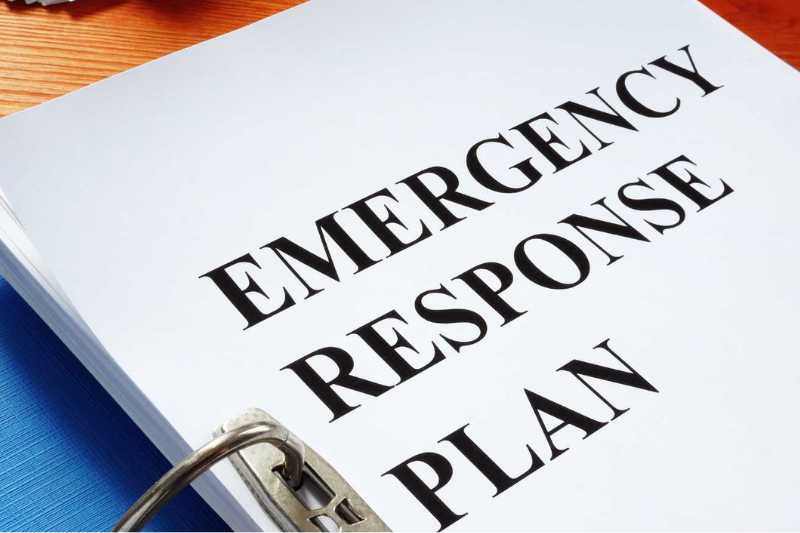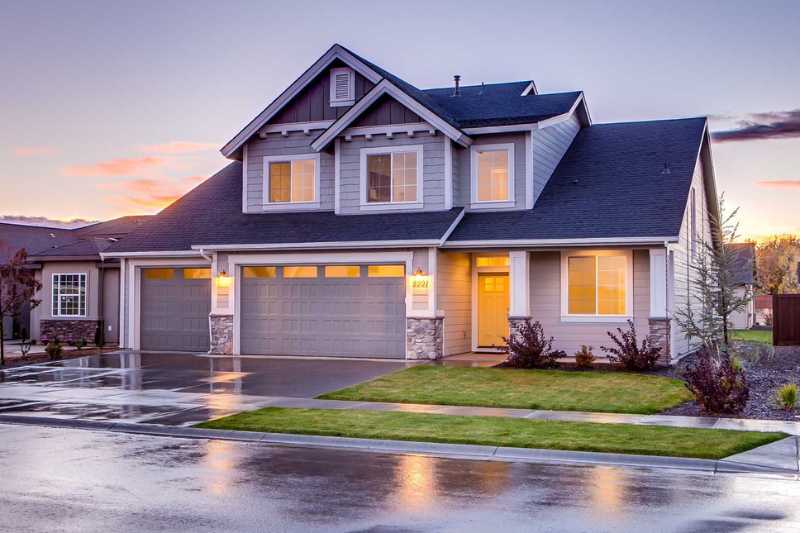Simplify Your Preps
Preparing for life's uncertainties can feel overwhelming, but it doesn't have to be. This site is dedicated to providing clear and concise steps that you can take today to make your family safer tomorrow.
Start your preparedness journey now.
Where would you like to start?

Emergency Planning
Plan for all types of family, natural, or man-made disasters to keep your family safe.
Frequently Asked Questions
New to emergency preparedness? Start here.
-
What is emergency preparedness, and why should I care?
Emergency preparedness means planning and gathering resources to keep you and your family safe during unexpected events like power outages, natural disasters, or evacuations. Being prepared reduces risk and speeds up recovery. Even small steps—like storing extra water or creating an emergency plan—can make a significant difference.
Learn more about emergency preparedness and why it matters » -
How can this website help me prepare for emergencies?
This site is separated into three essential categories: preparing your home, getting ready to leave your home, and family emergency planning. Each category plays a vital role in your overall emergency preparedness.
Learn more about preparing your home » Learn more about preparing to leave your home » Learn more about family emergency planning » -
What are the first steps I should take to start preparing?
Start with the basics: food and water. Buy a few gallons of water and shelf-stable food, then gradually expand your supplies as your budget allows. Each step builds your preparedness. The key is to avoid getting overwhelmed—just begin.
Learn more about where to start your preparedness journey » -
How much water should I store for my family?
The general rule is to store at least one gallon of water per person per day for drinking and sanitation. Aim for a minimum of 3 days’ supply, but 2 weeks is even better. Properly stored, store-bought water is ideal.
Learn more about short-term water storage » -
How much food should I store for my family and what kind?
Begin with non-perishable foods your family already enjoys, such as canned goods, rice, beans, pasta, and peanut butter. Aim for 1,500–2,000 calories per person per day. Over time, you can expand both your short-term and long-term food supplies.
Learn more about short-term food supplies » -
What is a grab & go bag and why do I need one?
A grab & go bag (also known as a 72-hour kit or bug-out bag) is a portable kit containing essential supplies to support you if you must evacuate quickly. It should include water, non-perishable food, a flashlight, a change of clothing, hygiene items, and more. Each family member—and even pets—should have one.
Learn more about creating a grab & go bag » -
How can I prepare for power outages?
Power outages can affect lighting, heating, cooking, and communication. Prepare by having backup lighting, non-electric cooking options, and battery banks for charging devices, so you can better handle both short- and long-term outages.
Learn more about power outage preparation » -
How can I prepare for natural disasters?
The best strategy is to understand your local hazards. Whether your area is prone to flooding, hurricanes, landslides, tornadoes, wildfires, or winter storms, knowing the risks helps you take targeted action. Learn about the hazards in your community to protect your family.
Learn more about preparing for local hazards » -
How do I make an emergency plan for my family?
Family emergency plans can cover communication, evacuations, fire safety, and more. They must be tailored to your family’s needs and built through a thoughtful process that everyone understands and trusts. Master the planning process, then apply it to your specific needs.
Learn how to create emergency plans » -
What should I do about my pets in an emergency?
Always evacuate with your pet—never leave them behind. While many needs are similar to your own (food, water), pets require additional planning, like identifying pet-friendly shelters, as many public places do not allow them. Plan ahead to ensure their safety.
Learn more about creating an evacuation plan for your pet » -
How can I stay informed during an emergency?
Sign up for local emergency alerts via text or email. Keep a NOAA weather radio handy and follow official sources like FEMA and local government websites for reliable updates. Don’t rely solely on social media for accurate information.
Learn more about the alert system and signing up for local alerts » -
What are the most common mistakes preppers make?
Emergency preparedness is essential for staying safe during disasters, yet many preppers make avoidable mistakes that can undermine their efforts. These include outdated plans, inadequate or expired supplies, or relying on pre-packaged kits. These and other missteps can lead to unnecessary risks.
Learn more about the most common mistakes preppers make » -
How can I prepare without feeling overwhelmed?
Focus on the basics first: water, food, and making simple family plans. Tackle one task at a time and gradually expand your supplies as your budget allows. Avoid doomsday thinking. Remember, practical preparedness isn’t about extreme measures; it’s about being ready for unexpected events like a job loss or natural disasters.


